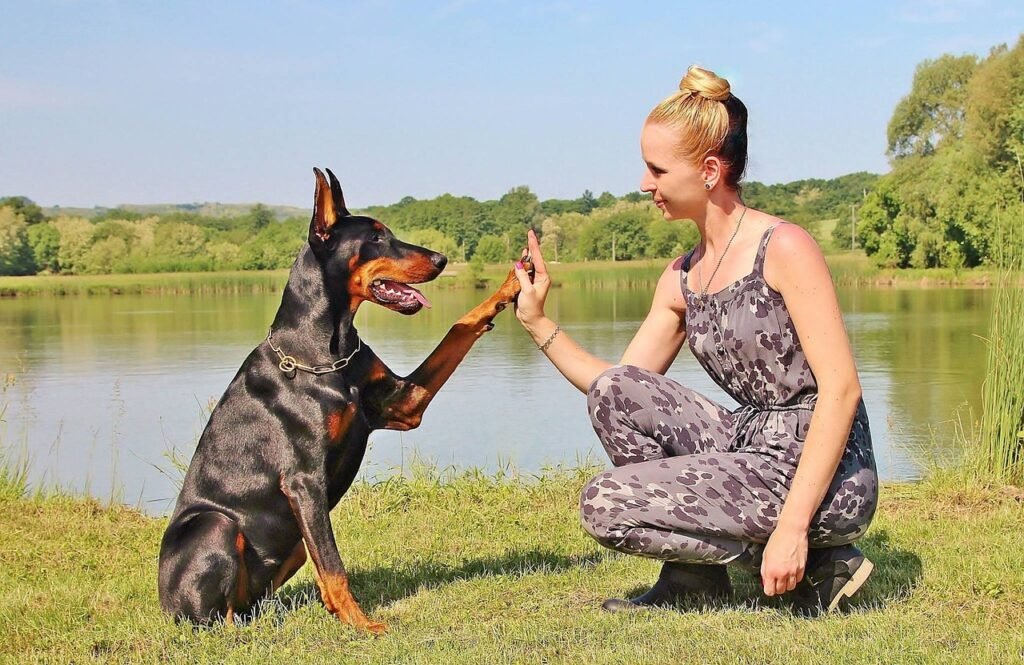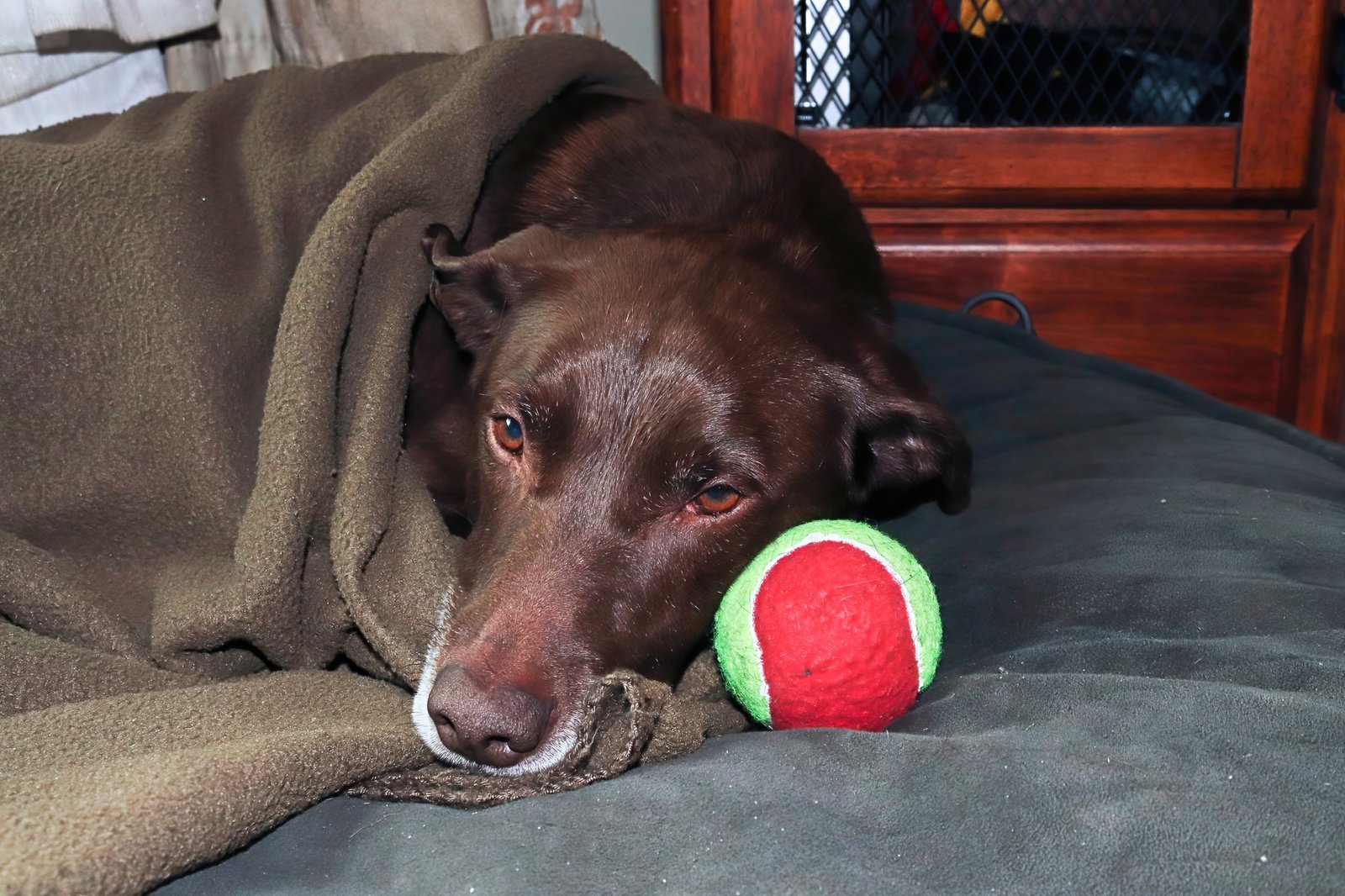When we set our clocks back one hour on Sunday, November 2, 2025, at 2 a.m., thanks to the end of Daylight-Saving Time (DST), humans often breathe a sigh of relief—maybe an extra hour of sleep.
But for dogs, this seemingly “small” routine shift can feel like a major disruption. Experts say that while our pups don’t check clocks, they do track our patterns—walks, feedings, bathroom breaks—with internal clocks of their own.
How Canine Internal Clocks Get Thrown Off

Dogs aren’t truly aware of time zones or clock changes, but their routines are tightly synced to ours. Veterinary nurse Amber Batteiger explains: “because dogs are extremely reliant on routine… a sudden shift in routine can throw off their internal rhythm.”
That rhythm influences everything—from when they expect dinner to when they go outside to relieve themselves. When those expectations get moved back or forward, dogs may feel confused or unsettled.
Signs Your Dog Might Be Struggling with the Shift
Begging or circling for food earlier than usual, because mealtime feels “wrong” after the clock change. Anticipating the walk or following you around even though “it’s not yet time” in the new schedule. Restlessness, pacing, disrupted sleep, or bathroom “accidents” around the time of the schedule shift.
These are subtle, but they point to the fact that your dog’s sense of “when things happen” has been temporarily knocked off-kilter.
Practical Steps to Help Your Dog Adjust

Good news: you can ease the transition. Experts suggest:
Gradually shift your dog’s schedule in the days before the clock change by 10–15 minutes each day. That gives their internal sense of timing a soft ramp rather than a hard jump.
Keep feeding time, walks, bathroom breaks, and bedtime as consistent as possible—even though the clock changed, the context remains the same. Use natural cues like daylight: exposing your dog to light in the morning and limiting bright activity late evening helps reset their internal rhythm.
Offer extra reassurance: a little more playtime, petting, or calm interaction can ease any anxiety. Dr. Eugene Lipov notes that “our dogs’ routines are often closely aligned with our own,” so when we shift, they feel it.
Why This Matters for Dog-Owners & Trainers

This issue may seem minor—just an hour—but for a dog operating on a tight internal schedule, it matters. Ignoring this shift may lead to behaviour changes you might misinterpret. For example: a sudden uptick in “accidents” or barking could stem from the clock change rather than misbehaviour. Understanding that your dog needs a little grace, time and support during this period is key. Recognising the change allows you to respond with patience rather than frustration—and helps maintain the trust, routine and mental stability that dogs rely on.

Andrew Alpin from India is the Brand Manager of Doggo digest. Andrew is an experienced content specialist and social media manager with a passion for writing. His forte includes health and wellness, Travel, Animals, and Nature. A nature nomad, Andrew is obsessed with mountains and loves high-altitude trekking. He has been on several Himalayan treks in India including the Everest Base Camp in Nepal.






